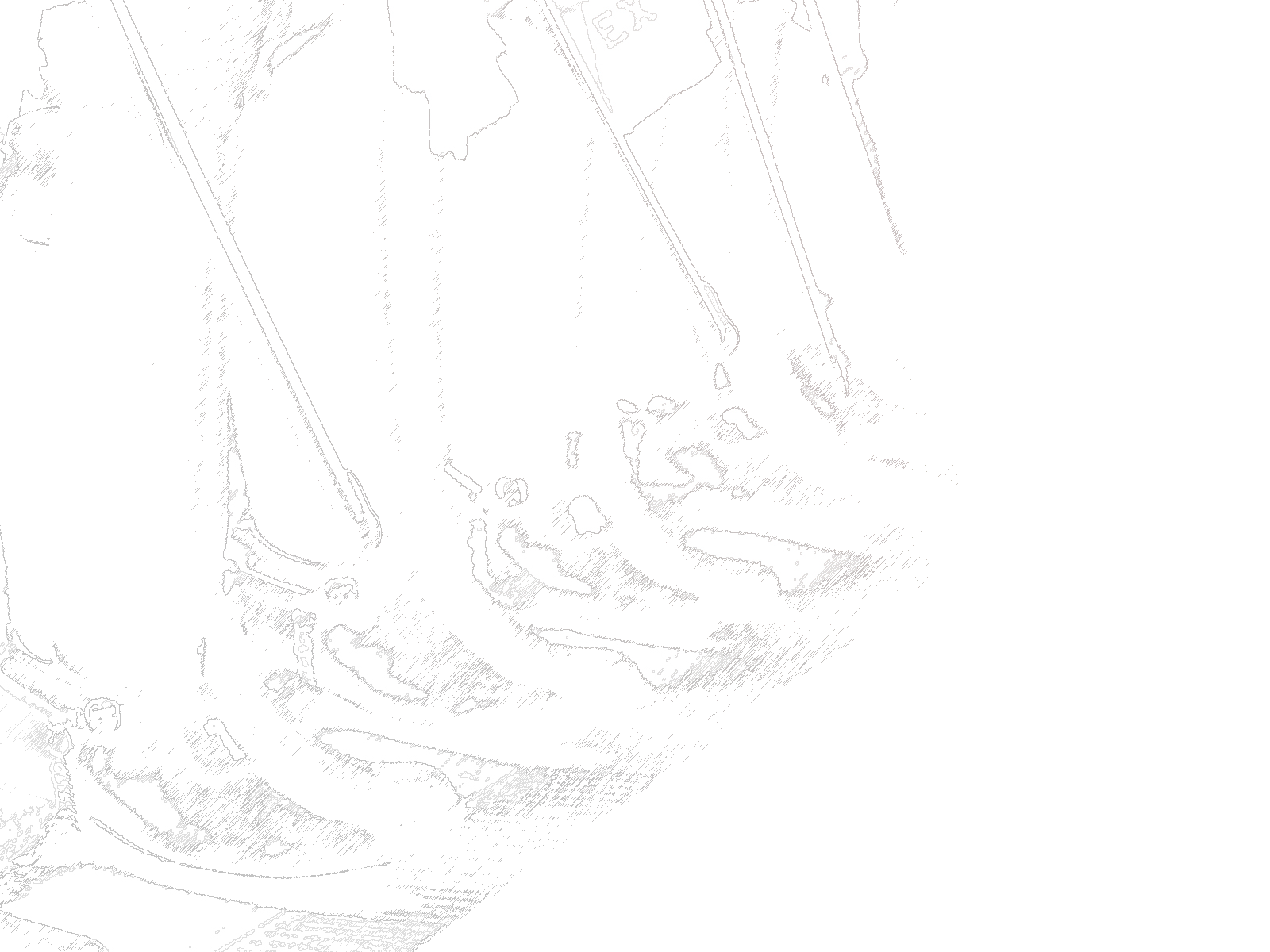My column for the Washington County Daily News is online and in print. Here you go.
President Joe Biden is continuing his illegal and obvious effort to buy votes by “forgiving” student loans. It is a healthy reminder that government involvement makes everything worse. Let us remind ourselves of how we got here.
The cost of college has been increasing for decades far in excess of almost any other major expense. Throughout this period, our culture shifted and parents and K-12 educators pushed more and more kids to college by portraying college as a requirement for future financial stability and personal fulfillment. This characterization is not wrong, but it is also not universal. There are many paths to financial stability and personal fulfillment.
As demand for college continued to swell, the prices continued to rise (basic demand curve consequences), and students took on more and more debt to pay for their sheepskin Golden Ticket to the Middle Class. According to The Education Data Initiative, the cost of college has risen by 747.8% since 1963 after adjusting for inflation.
Prior to 2010, college students primarily had to get student loans from private financial institutions. In this construct, the private financial institutions were taking a risk loaning tens of thousands of dollars to 18year-olds with no credit history and no current means of paying the loan back. Those institutions generally required a co-signer from a responsible adult before issuing the loan. Private institutions were taking a risk on the future earning potential of college aspirants. The risk and apposite interest rates served as market pressures to limit the amount that students could borrow.
In 1965, President Lyndon Johnson pushed for and signed the Higher Education Act. Part of that law was the Guaranteed Student Loan Program or Federal Family Education Loan Program. In this scheme, the federal government became the co-signing guarantor for student borrowers based on a few qualifications. With the federal government guaranteeing the loans, the private financial institutions providing the loans relaxed their requirements and were much more willing to provide more money to students.
Demand was rising and the supply of money to meet that demand became easier to get. America’s colleges rose to the challenge by continuing to increase prices to accept the available money supply.
Over the decades, the qualifications for the loans guaranteed by the federal government were gradually loosened to allow more students to borrow more money. Between 1965 and 1992, all federally guaranteed loans were subsidized with the taxpayers paying the loan interest while students were still in school. In 1992, the federal government began guaranteeing unsubsidized loans where the student loans would continue to accrue interest for the student to pay back after graduation.
In 2005, President George W. Bush signed a law that had the federal government allow higher interest PLUS student loans for graduate students that would also allow them to borrow up to the total cost of attendance.
2010 was a pivot point. President Barack Obama signed the Health Care and Education Reconciliation Act. This law eliminated the Federal Family Education Loan Program by requiring all federal student loans to be Direct Loans. Effectively, it was a government takeover of student loans as it was no longer economically viable for private financial institutions to compete with the federal government for high-risk borrowers.
With the federal government now in charge of student loans, any remaining market pressures to regulate the issuance of debt were eliminated. With an unlimited supply of money, the decision to issue a loan to a student became perfunctory. The people issuing the loans did not care about the risk because it was not their money. The students taking the loans were willing to take as much money as possible. The politicians overseeing the programs were, and are, motivated by political considerations and not economic considerations.
We have created a third-party payer system in higher education where the people paying for the service (taxpayers) are paying for an unrelated person (students) to receive a service from provider (colleges). By trifurcating the financial transaction, market forces that might otherwise provide downward pressure on prices or demand are obscured.
The result was inevitable. With students able to borrow as much as they want from an unlimited vat of cash, colleges raised prices to capture as much money as possible. According to the Education Data Initiative, College tuition inflation averaged 12% annually from 2010 to 2022. That is twice as fast as tuition was increasing in the previous decade and well above the rate of currency inflation.
With the federal government now fully in charge of student loans, political motivations trump economic realities, fairness, and common sense. In a tough election year on the tail end of a disastrous presidency, Biden is willing to violate the law to force the taxpayers to eat the debt of borrowers in order to buy their votes. In doing so, Biden will further exacerbate the problem of rising college costs and debts for short-term political gain.
LBJ created the problem by having the federal government guarantee student loans. Obama accelerated the problem by having the federal government take over student loans. Biden is inflaming the problem by effectively having the federal government eliminate loans and just pay for college through debt “forgiveness.”
Government intrusion always makes things worse. President Reagan was right. “The nine most terrifying words in the English language are ‘I’m from the government and I’m here to help.’”

0 Comments